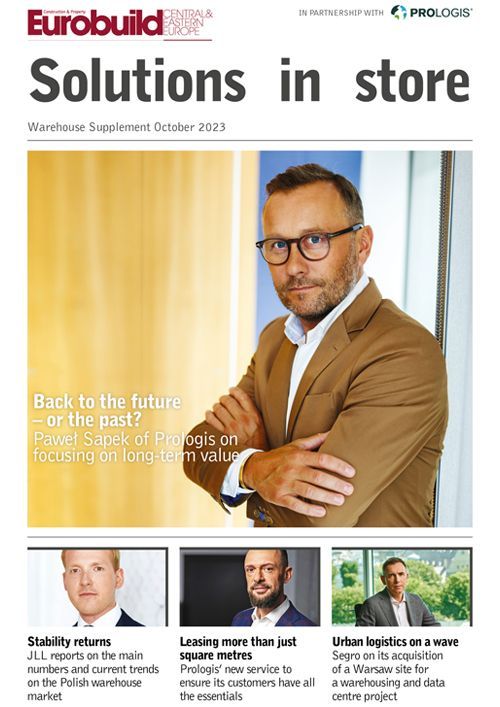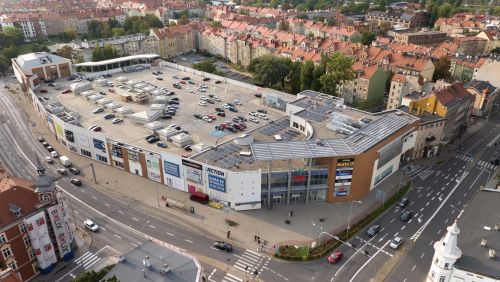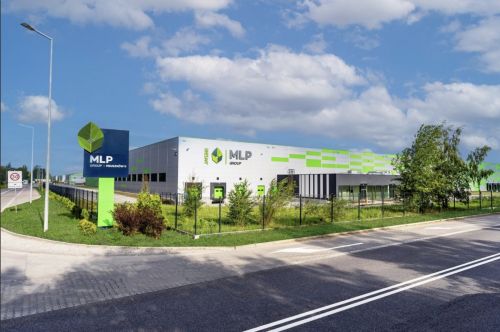‘Eurobuild CEE’: Last year turned out to be a record year for warehouse developers. Did H1 maintain this trend?
Paweł Sapek, Prologis: 2022 was Prologis’ best year ever and it was a very good year for the industry as a whole. This was confirmed by the results of the Prologis Logistics Property Rent Index report, which found that global rental increases in nominal and real terms were the highest since 2007, when our research department started monitoring them. This increase was driven by rising construction costs and property values, as well as a shortage of attractive land compounded by regulatory barriers that have slowed the supply of new properties in prime locations. As a result, rents rose by 34 pct in the US and Canada last year, and by 15 pct in Europe. A combination of strong demand and limited new supply in the US also led to a decline in vacancy rates to 3.2 pct, while in Europe vacancy rates of 2.7 pct continued the record low levels seen in previous y































































